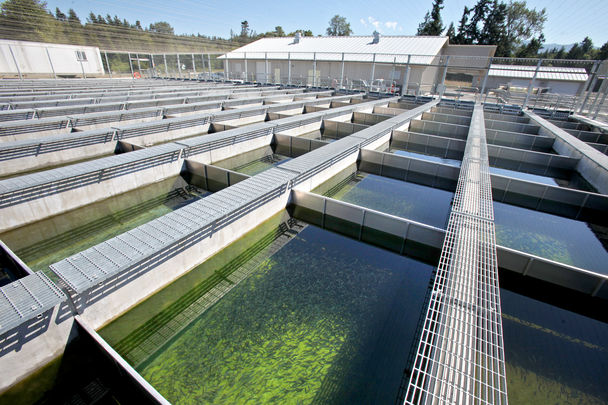NWCN.com
Posted on May 13, 2014 at 2:34 PM
Updated yesterday at 5:36 PM
FALL CITY, Wash. — Washington state’s five steelhead hatcheries are on high alert after someone broke into a facility overnight and released approximately 25,000 juvenile fish into the Snoqualmie River.
State Fish and Wildlife Hatchery managers are concerned it was an act of defiance against a new agreement that sharply curtails the state’s steelhead hatchery program. The agreement resulted from a lawsuit filed by a fish protection group, Wild Fish Conservancy, which accused the State of violating the Endangered Species Act. State Fish and Wildlife Managers agreed to stop planting winter steelhead hatchery fish in all but one river.
This set off a wave of criticism by some sport anglers who eagerly await the steelhead runs each year.
It also left the state with huge numbers of steelhead that could not be released into tributaries of Puget Sound. Whoever struck the Tokul Creek facility on the Snoqualmie appeared to know the hatchery was planning to truck its large inventory of steelhead to the east side of the state where they would be released into lakes that would not allow them to migrate to the Sound.
State Fish and Wildlife Enforcement officers and King County Sheriffs deputies are investigating the break in. Hatchery workers say whoever did it cut the lock off a tall chain link fence, entered the hatchery grounds and pulled the screens that prevented the steelhead from entering the creek and Snoqualmie River.
Private security officers have been hired to patrol the other hatcheries until police figure out if this is an isolated case or part of an organized resistance to the settlement.


